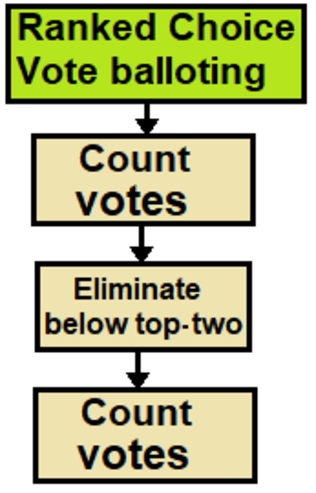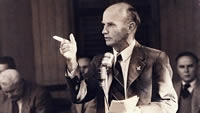Elections were held in the Australian state of Queensland on 12 November 1977 to elect the 82 members of the state's Legislative Assembly.

Elections were held in the Australian state of Queensland on 11 June 1932 to elect the 62 members of the state's Legislative Assembly.

Elections were held in the Australian state of Queensland on 11 May 1935 to elect the 62 members of the state's Legislative Assembly. The Labor government of Premier William Forgan Smith was seeking a second term after having defeated the Country and Progressive National Party in the 1932 election.

Elections were held in the Australian state of Queensland on 2 April 1938 to elect the 62 members of the state's Legislative Assembly. The Labor government of Premier William Forgan Smith was seeking a third term in office. During the previous term, the Country and United Australia parties had emerged from the united Country and Progressive National Party, which had represented conservative forces for over a decade.

Elections were held in the Australian state of Queensland on 29 March 1941 to elect the 62 members of the state's Legislative Assembly. The Labor government of Premier William Forgan Smith was seeking a fourth term in office.

Elections were held in the Australian state of Queensland on 3 May 1947 to elect the 62 members of the state's Legislative Assembly.

Elections were held in the Australian state of Queensland on 29 April 1950 to elect the 75 members of the state's Legislative Assembly. The Labor government was seeking its seventh continuous term in office since the 1932 election; it would be Premier Ned Hanlon's second election.

Elections were held in the Australian state of Queensland on 11 May 1929 to elect the 72 members of the state's Legislative Assembly. In this election, Irene Longman became the first woman to both stand and be elected into the Queensland Parliament.

Elections were held in the Australian state of Queensland on 22 May 1915 to elect the 72 members of the state's Legislative Assembly.

Elections were held in the Australian state of Queensland on 19 May 1956 to elect the 75 members of the state's Legislative Assembly. The Labor government was seeking its ninth continuous term in office since the 1932 election; it would be Vince Gair's second election as Premier.

Elections were held in the Australian state of Queensland on 7 March 1953 to elect the 75 members of the state's Legislative Assembly. The Labor government was seeking its eighth continuous term in office since the 1932 election. It was the first electoral test for Vince Gair, who had become Premier of Queensland 14 months earlier after the death of Ned Hanlon.
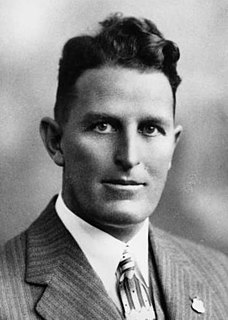
Elections were held in the Australian state of Queensland on 3 August 1957 to elect the 75 members of the state's Legislative Assembly. The major parties contesting the election were the Queensland Labor Party led by Premier Vince Gair, the Labor Party led by former Deputy Premier Jack Duggan, and the Country-Liberal coalition led by Frank Nicklin.
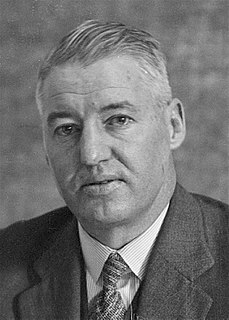
Elections were held in the Australian state of Queensland on 12 May 1923 to elect the 72 members of the state's Legislative Assembly. The Labor government was seeking its fourth continuous term in office since the 1915 election; it would be Premier Ted Theodore's second election.

Elections were held in the Australian state of Queensland on 28 May 1960 to elect the 78 members of the state's Legislative Assembly. The election followed the enactment of the Electoral Districts Act 1958 which increased the Assembly from 75 to 78 seats and modified the zonal system first established by Labor ahead of the 1950 election.
Elections were held in the Australian state of Queensland on 18 May 1907 to elect the 72 members of the state's Legislative Assembly. The election was the first one in which women had a right to vote.
Elections were held in the Australian state of Queensland on 5 February 1908 to elect the 72 members of the state's Legislative Assembly.

Elections were held in the Australian state of Queensland on 8 May 1926 to elect the 72 members of the state's Legislative Assembly. The Labor government was seeking its fifth continuous term in office since the 1915 election. William McCormack was contesting his first election as Premier.
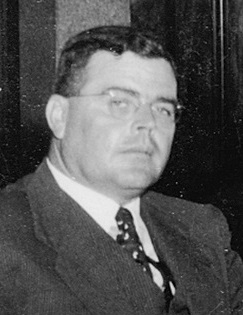
Elections were held in the Australian state of Queensland on 1 June 1963 to elect the 78 members of the state's Legislative Assembly.

Elections were held in the Australian state of Queensland on 9 October 1920 to elect the 72 members of the state's Legislative Assembly. The Labor government was seeking its third term in office since the 1915 election. It was Premier Ted Theodore's first election.

The 1944 New South Wales state election was held on 27 May 1944. It was conducted in single member constituencies with compulsory preferential voting and was held on boundaries created at a 1940 redistribution. The election was for all of the 90 seats in the Legislative Assembly.



